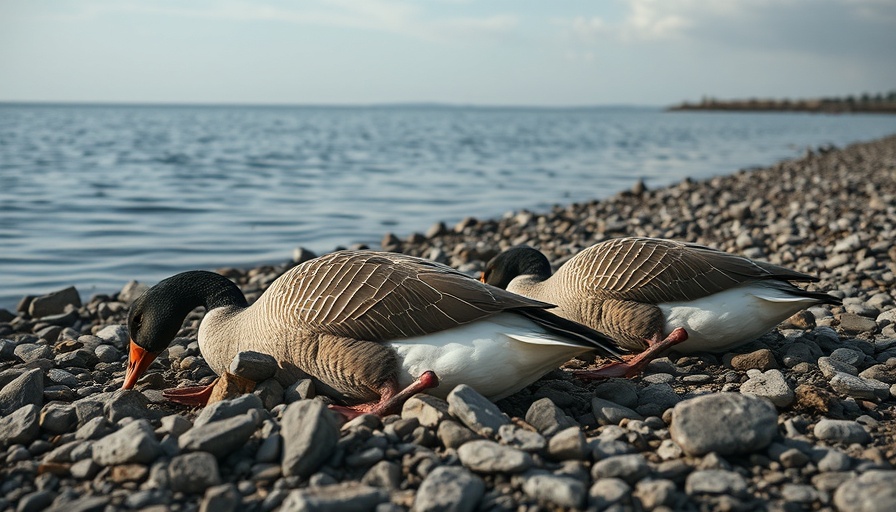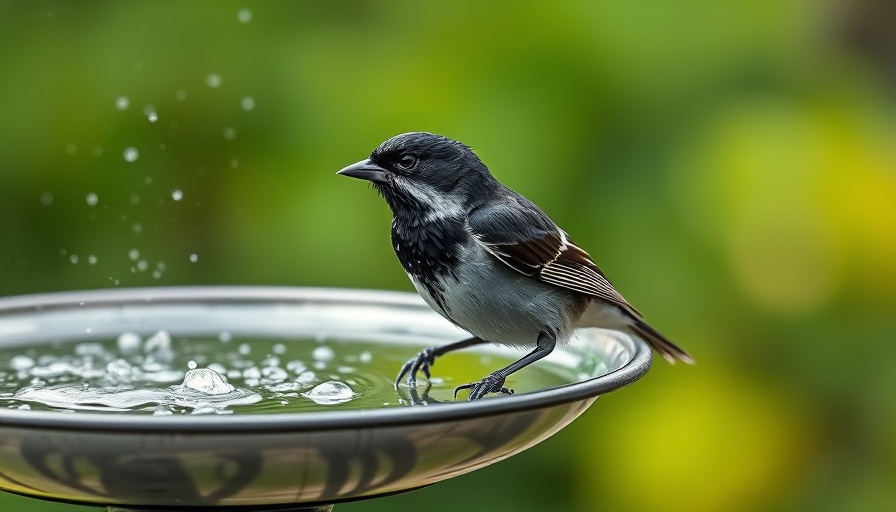
Understanding Bird Flu: A Growing Concern
Recently, health officials in Mower County, Minnesota, have raised alarms regarding potential bird flu cases after the discovery of dead geese along the Cedar River. Bird flu, or avian influenza, primarily affects birds but has the potential to infect humans, highlighting the importance of vigilance in monitoring wildlife health.
Signs to Look For
According to Pam Kellogg, Public Health Manager at Mower County, community members have been prompted to keep an eye out for unusual signs in local waterfowl. In the case of these geese, observations noted their necks were strangely curved, and they exhibited weakness—indicative of possible illness. Such signs are crucial for early detection and containment of the disease.
Community Education and Awareness Efforts
Amid these alarming developments, public health officials are working diligently to educate local residents. The Mower County Public Health Department plans to install informational signs along the river, urging the public not to approach or handle any dead birds they might encounter. This approach emphasizes community involvement in reporting suspicious wildlife deaths to reduce the risk of spreading bird flu.
Why You Should Care: Implications of Bird Flu
Understanding the implications of avian influenza extends beyond local wildlife—it poses a broader health risk. Historically, certain strains of bird flu can lead to severe human health issues if transmitted. With that in mind, recognizing potential outbreaks through dead birds can be vital in preventing further spread.
What You Can Do
Now more than ever, it's essential for community members to stay informed about potential health threats in their environment. Being aware of the signs of bird flu and acting responsibly by reporting deceased birds can assist health officials in managing and assessing the situation effectively.
Conclusion
The vigilance against bird flu in Mower County not only protects avian species but also serves as a preventive measure for public health. As community members, consider staying informed and participating in local safety measures to ensure both wildlife and human health are safeguarded. This awareness contributes to overall well-being in the community.
 Add Row
Add Row  Add
Add 




Write A Comment